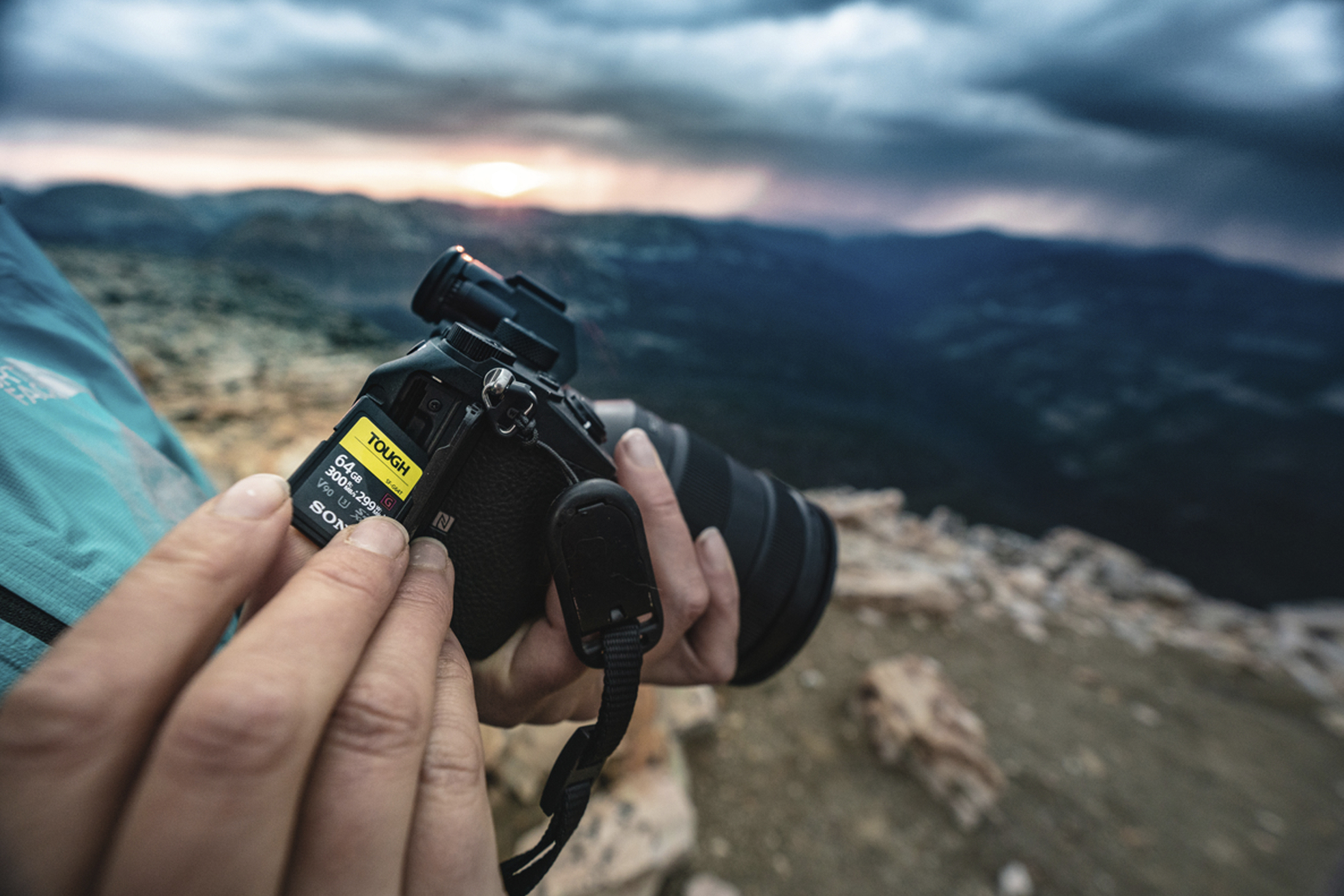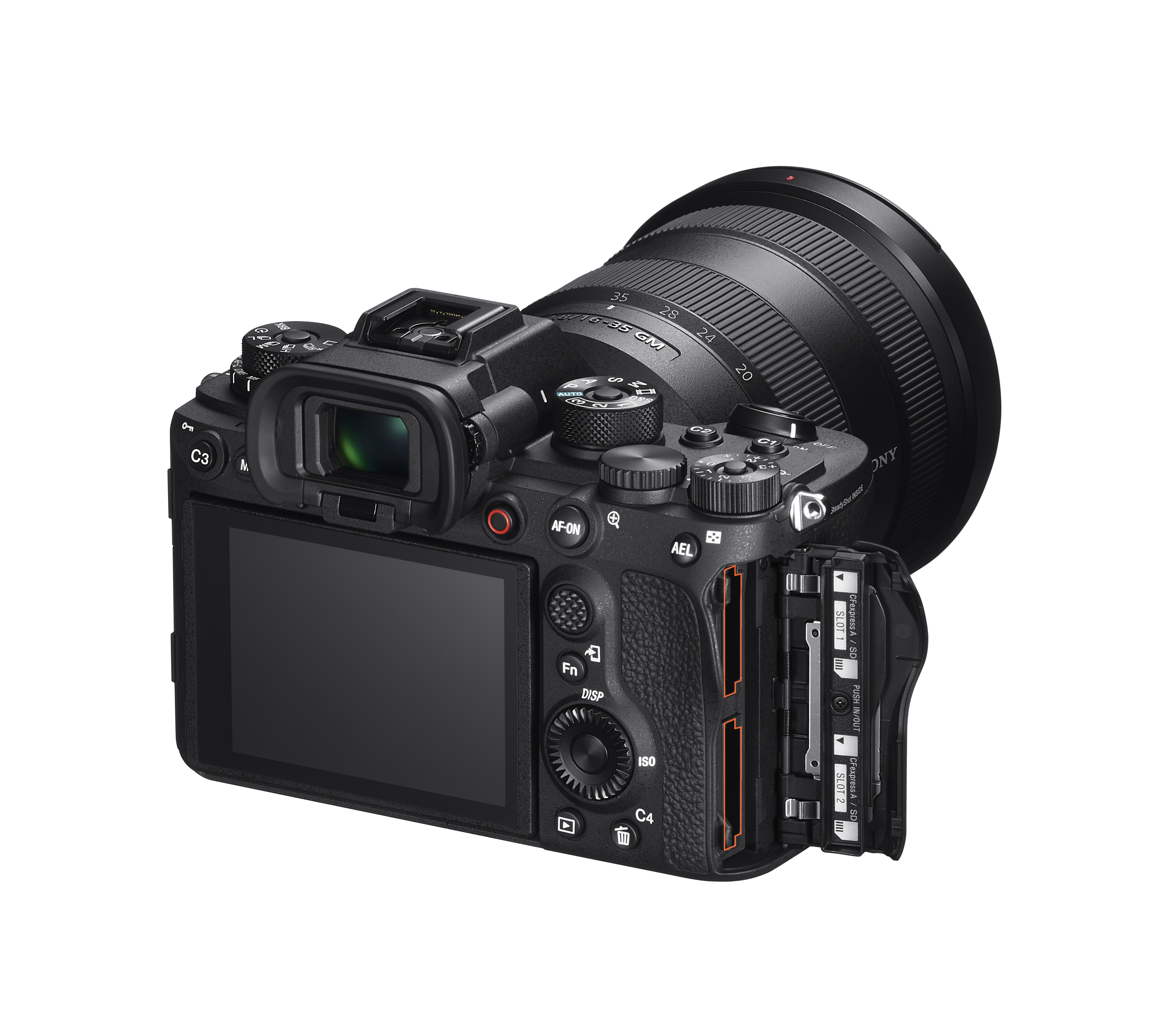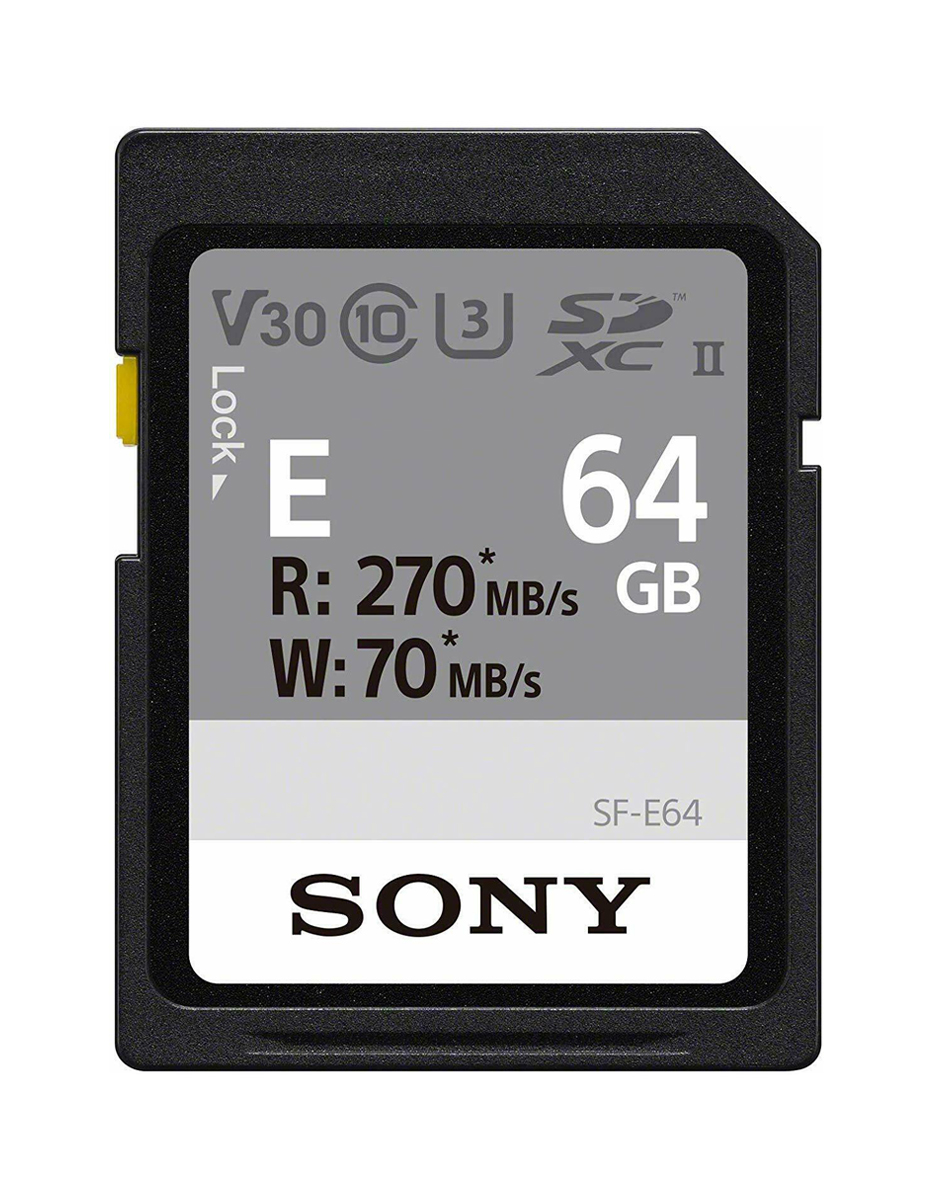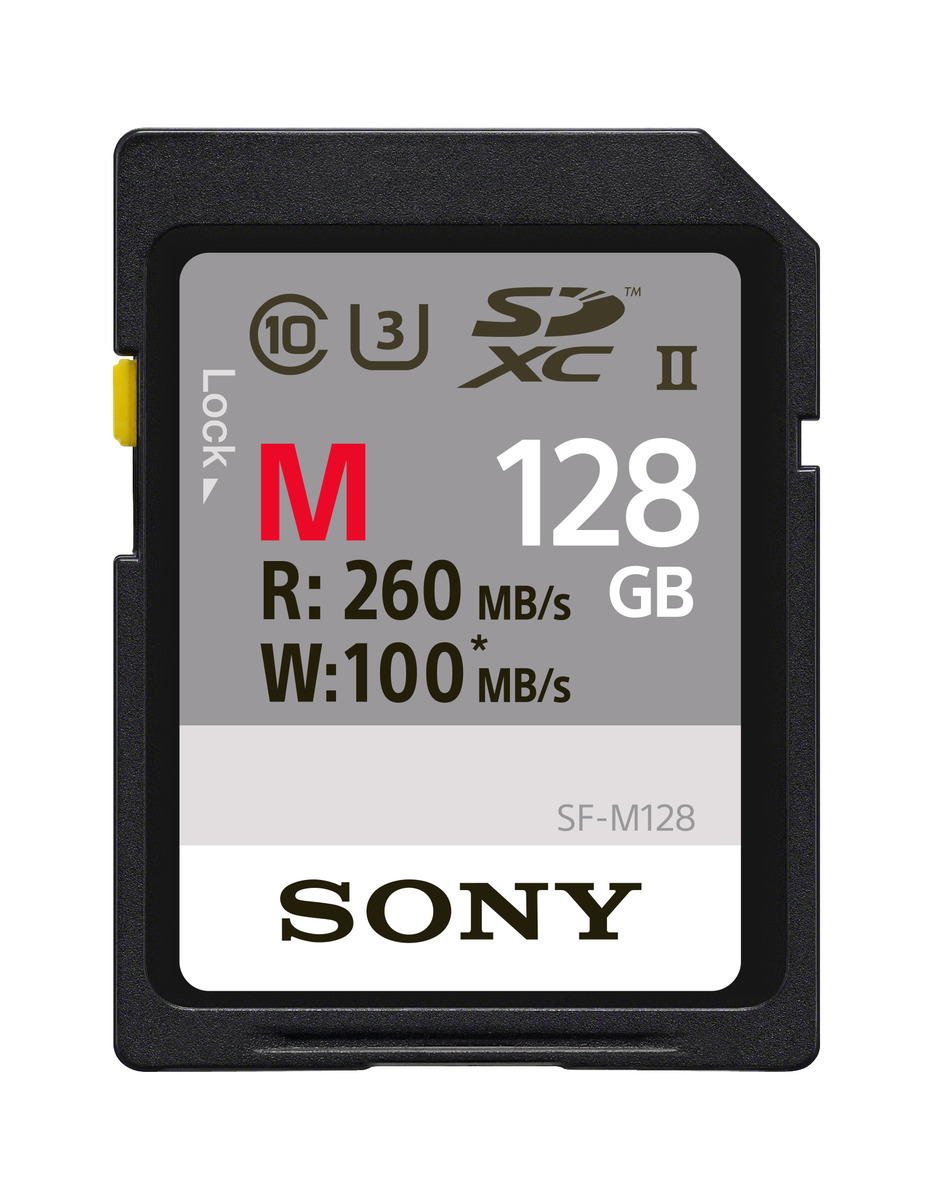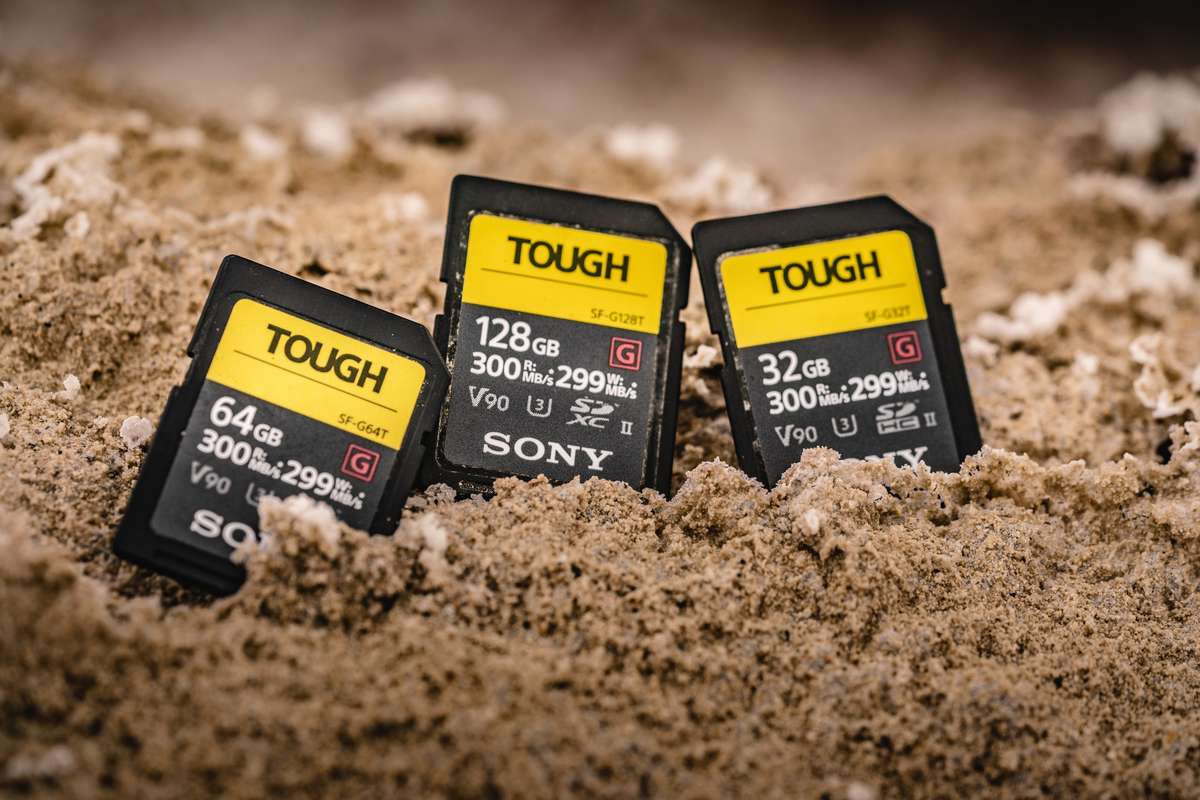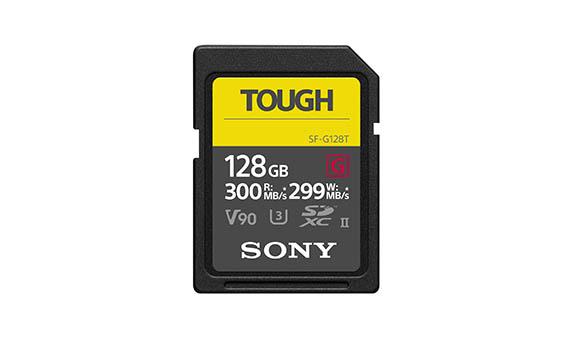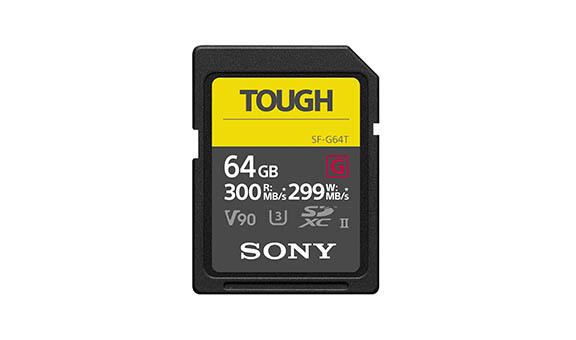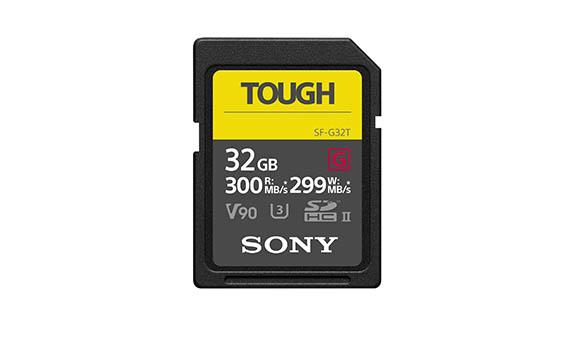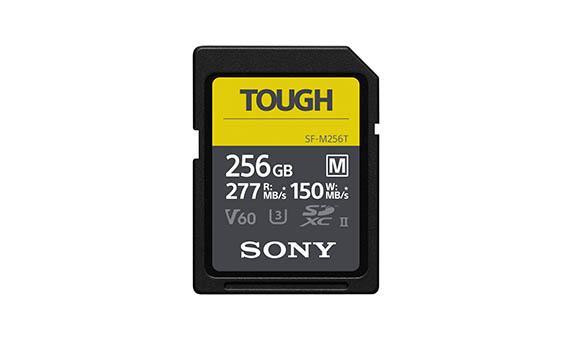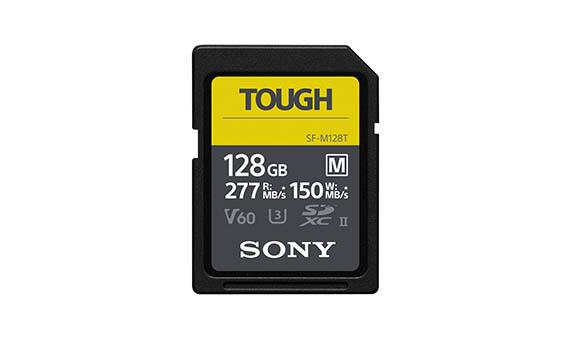Which memory card should you get for your Alpha camera
Choosing the right memory card is vital in bringing out the best performance for your Alpha digital camera. Gone are the days when memory size vs price was the only thing that mattered. With the rise of a plethora of labels from V90s to SDXC, UHS-II and now the CF Express Type-A cards, they can often be confusing.
For video shooting
"Speed Class," "UHS Speed Class," and "Video Speed Class" are the three different types of speed classes. By defining a minimum writing performance, the Video Speed Class ensures the consistent speed required for video recording. This includes V6, V10, V30, V60 and V90. These speed class symbols will be applied to SDHC, SDXC, UHS-I, UHS-II and SD memory cards to help users decide the best combination for reliable recording.
We recommend a V90 card with a minimum write speed of 90MB/s for video shooting. When shooting in 4K a huge amount of data is being written. If your captured video playback isn’t smooth and you notice uneven frame jumps, that’s a telltale sign that your card can’t keep up. Hence, consider getting the latest V90 cards for peace of playback and mind.
Capacity counts for video
If you’re just shooting JPEGs, 64GB will suffice. On a 24 megapixel Alpha 7C, that translates to over 8,000 images. If you shoot JPEG + RAW, it comes down to about a thousand images, which is still quite a lot for a modest day’s shoot. Do note that the amount of megapixels your camera has and the quality settings you’ve chosen will affect this final number.
It starts to get tricky with video. The same camera and card shooting at 4K will provide you with 90 minutes of footage, which isn’t a lot if you intend to shoot photos as well. This all depends on what and how you intend to shoot. If you’re a commercial videographer, you’ll need all the gigs you can get your hands on, including some for backups. Even if you’re not the next Spielberg, get at least 128GB, and more than one.
For photo shooting
SD cards are not only vital during shoots. They can speed up or slow down your workflow. Transferring gigabytes of data from your camera to your computer can take a painstaking amount of time. What would normally take several minutes importing a gigabyte of photos on a standard SD card would take seconds on the SDXC UHS-II V90. We also strongly recommend getting a fast USB 3.2 Gen 2 card readers as they could bottleneck the speediest of cards.
- SF-M Series UHS-II SD Memory Card
- SF-E Series UHS-II SD Memory Card
Check your camera first
When buying your camera for the first time, you might get a false sense of security when it already comes with an SD card. Often, some third party SD cards bundled in are poorer cousins of the minimum requirement you will need to maximise the output of your Alpha camera. You won’t notice it at first, but when you start shooting at a more demanding 10fps or that hour-long 4K30P video, everything starts to stutter. Check your camera specifications and get the appropriate one.
TOUGH cards for tough environments
Where performance matters in seconds, durability counts every time you’re faced with challenging conditions. Whether you’ve accidentally dropped, splashed or left them out in the cold, these cards will deliver. With ultra-strong resin and IP57 dust- and water-proofing, consider these cards if you find yourself in such situations.
- SF-G series TOUGH specification memory card
- SF-M series TOUGH specification UHS-II SD Card
- CEA-G Series CFexpress Type A Memory Card
Beyond SD, CF Express Type A
If you want the latest and fastest currently in the market, then grab none other than a CF Express Type A memory card. Found on some newer Alpha cameras such as the α7S III that uses a new format, these cards deliver extraordinary speed of up to 700MB/s, around twice that of leading SDXC in a similarly compact size. They also have professional-level durability for peace of mind.
At the end of the day, we recommend discovering your usage. If you’ve used a digital camera before and have an idea of how much space you need, just do the math by counting the difference in megapixels for a start. From there on, you can focus on shooting with that free card, or any of the cards you have accumulated that fit the minimum required specification before investing in what will soon be a handful of SD cards.
